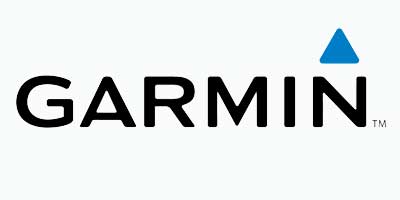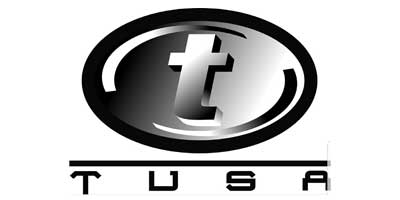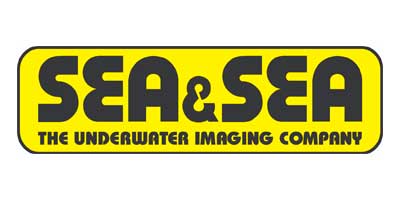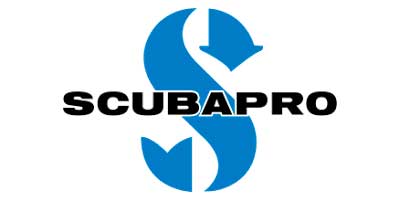The wreck of the Kyarra
Minimum qualification Advanced Open Water or equivalent.
Nitrox use is perfect for this dive but not essential. Delayed surface marker buoy experience is essential.
A dive on the Kyarra is a must for all divers who enjoy UK diving. The journey to the wreck is a quick one, at only 20 minutes from the pier.
She is easy to dive from an orientation point of view as she invariably has a buoy tied to her.
The wreck starts at approx. 18 metres, but sits on the seabed at a max depth of 32 metres. She is a big wreck stretching 126 metres long, with boilers, turrets, engines, propellers etc. A variety of marine life can also be found. Giant Conger Eels, Lobsters, Spider crabs, Shoals of Poor Cod, Jelly Fish, Star fish etc etc.
Valentine Tanks
Swanage
Diver qualification need for this dive. Open Water diver or equivalent.
The Valentine tanks sank whilst in operation in Studland Bay, in April 1944. They were top secret and were supposed to used as part of the
D Day landings. With a canvas frame, the idea was that it would displace enough water to keep the tanks afloat, which as you can guess, FAILED!
No1 and NO2 tanks are the most popular to dive, with easy access for divers, as they are have a permanent shot line on for easy decent and ascent. They sit in approximately 15 metres of seawater.
Expect to see Giant Conger eels, shoals of Bib and Sea Bass, Lobsters, Crabs, Shrimp, Anemones etc.
Dates:
8th September
Valentine Tanks £35
Drive Dive £30
Swanage Pier if escort needed £20
22nd September
Kyarra £35
Fleur de Lys £30
Scallop Drift Dive £30
Please contact us at the Dive Centre to book on to any of the dates or book online using the button below.
Visit our Shop for Servicing and a large range of products










